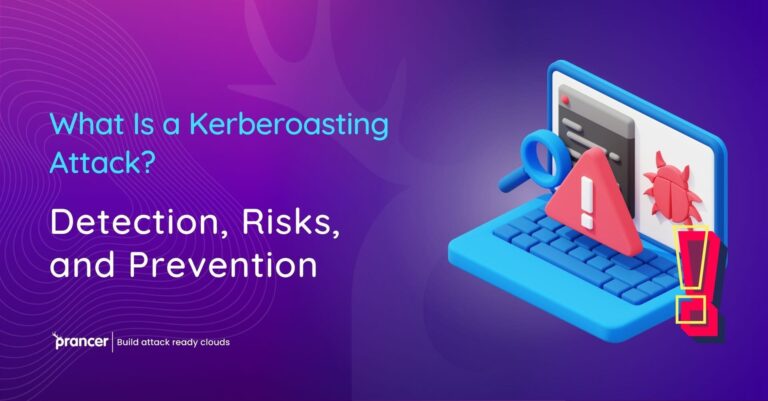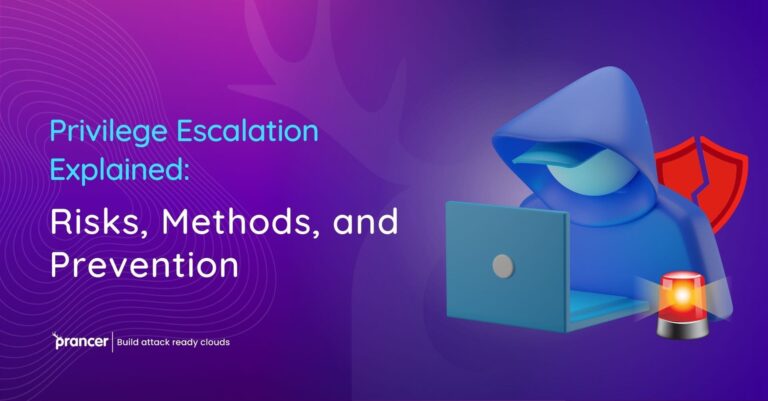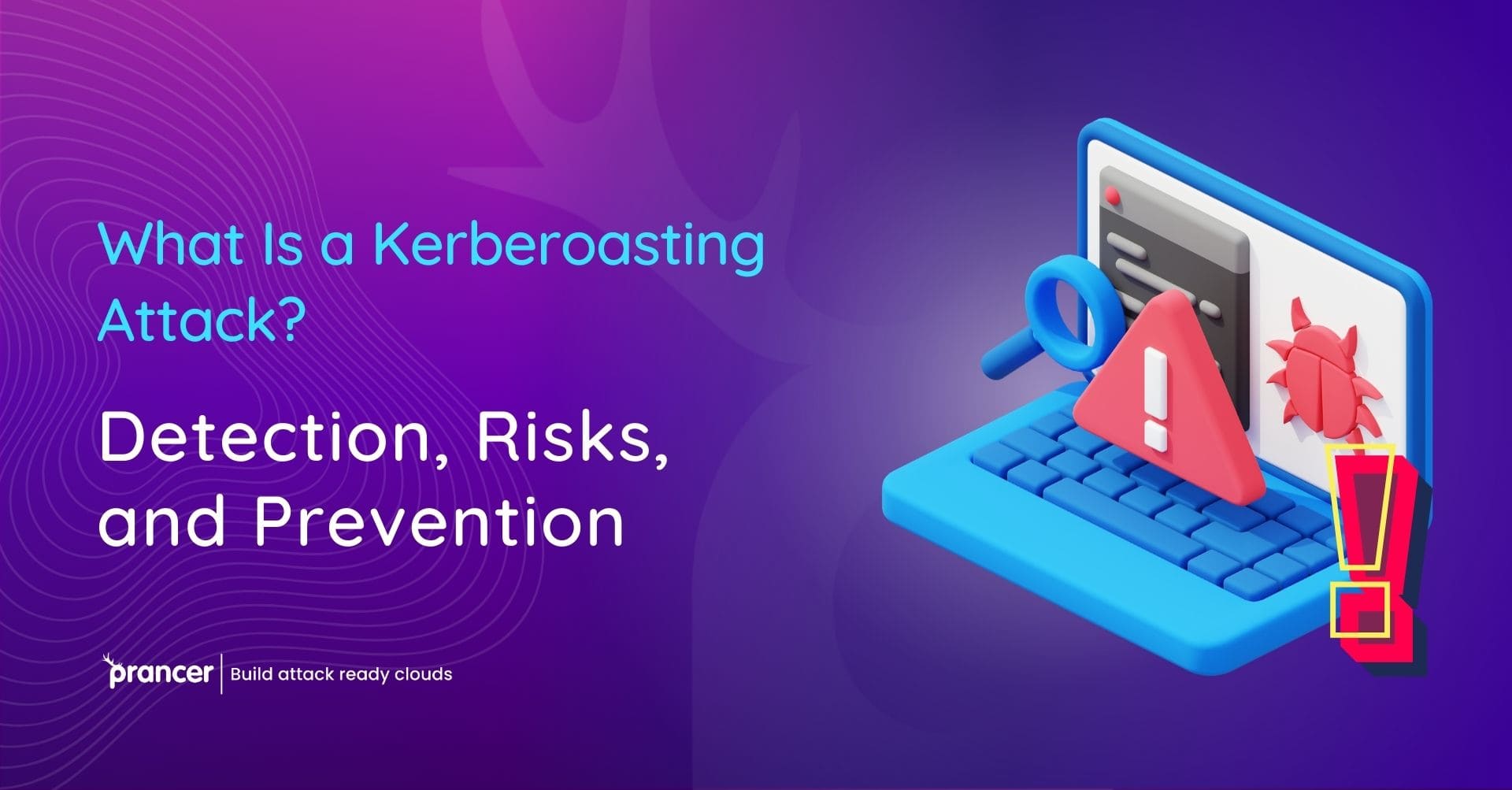Your Active Directory faces the hidden danger of attack targeting its infrastructure.
The Kerberoasting attack poses today as one of the most dangerous threats to Windows Active Directory environments. Attackers exploit the standard authentication flaws in Kerberos authentication protocols to take control of service accounts which grants them persistent access to main systems. Thieves request encryption-protected service tickets which they break offline to extract readable credentials before detection occurs. The stealth operation of Kerberoasting attacks represents their major threat because they offer unauthorized access by providing complete control over a network infrastructure.
Specialized knowledge together with proper tools are necessary to identify these Kerberos attacks. Security teams must install detailed Ticket Granting Service (TGS) request monitoring systems coupled with the protection of service account configurations. Organizations can prevent attackers from discovering weaknesses through automated penetration tests which perform vulnerability detection before attackers discover them. Learning the technical aspects of Kerberoasting attacks leads organizations to establish strong security measures against this increasing threat.
The process of Kerberoasting lets attackers access Kerberos to exploit it
The Kerberos Protocol: A Double-Edged Sword
Kerberos functions as the authentication protocol of Windows Active Directory to deliver safe authentication across untrusted networks. The security mechanism of Kerberos leaves it exposed to Kerberoasting attacks because of its fundamental design structure. Attackers can use the service tickets containing account passwords to intercept and offline crack these protected tickets as part of their attacks.
Attackers start their process by identifying Active Directory Service Principal Names through enumeration. The Service Principal Names (SPNs) provide identification of accounts that typically maintain elevated privileges.
Rephrase the following sentence using direct flowing text with normal verbalization when possible. The attacker obtains TGS tickets for service accounts through Rubeus or Impacket tools. These tickets receive their encryption from the password hash of the service account.
The attacker removes these tickets to perform dictionary or brute-force attacks outside the network. The cracking process for weak passwords takes only a few minutes before the attacker obtains valid credentials.
Attackers using service account credentials proceed through lateral access while elevation of privileges brings them closer to gaining domain admin access.
Why Kerberoasting Attacks Are So Effective
The Perfect Storm of Vulnerabilities
Multiple elements make Kerberoasting attacks powerful and successful as follows:
- Many organizations maintain weak service accounts which use static passwords that stay unchanged.
- The lack of proper TGS request monitoring in organizations leads to unidentified attacks.
- The design flaw in Kerberos depends on encryption of tickets with password hashes to create this exploit path.
Current security incidents demonstrate that Kerberoasting attacks provide initial access for significant breaches in corporate networks. Attackers use Kerberoasting to launch other Kerberos attacks such as Golden Ticket or Silver Ticket attacks for continuous presence in compromised networks.
Detection: Identifying Kerberoasting Activity
Monitoring TGS Requests
The main detection technique consists of tracking TGS requests through Event ID 4769 recorded in Windows Security logs. Look for:
- Excessive requests from a single account
- Unusual timing (e.g., late-night requests)
- When one workstation submits service account requests exceeding one
- Machine Learning Anomaly Detection: Baseline normal TGS request patterns and flag deviations.
- Security personnel should implement honeypot SPNs to create fake service accounts which will entice attackers while exposing their presence.
- Regular simulated penetration tests through automation enable organizations to detect their security weaknesses.
Kerberoasting prevention starts by taking measures to prevent its occurrence before damage happens
Hardening Service Accounts
- The implementation of passwords requiring at least 25 characters must be established as an active policy for service accounts. Users should implement Group Managed Service Accounts (gMSAs) because they offer automatic password management.
- Service accounts must adhere to the least privilege principle for all their privileges.
- Encryption Standards: Enforce AES encryption instead of vulnerable RC4.
- Service accounts should use Privileged Access Workstations to restrict their operating locations.
- Network segmentation serves the purpose of blocking lateral movement pathways.
- A scheduled evaluation of SPNs should be conducted for service account removal when they are no longer needed.
The Role of Automated Security Testing
The identification of Kerberoasting vulnerabilities happens best through automated penetration testing solutions before attackers discover them. These tools release simulated Kerberos attacks on your system environment to accomplish three main tasks.
- Determine all service accounts which use inadequate passwords.
- A security test system should monitor TGS request activities for abnormalities.
- The preventive controls need to be verified for their effectiveness.
Today’s advanced platforms conduct complete threat protection against Kerberos attacks through various testing options.
Stay one step ahead—learn how to protect your systems with Prancer!
Conclusion: Building a Robust Defense
Security measures against Kerberoasting attacks remain active as the method develops in new directions. Organizations can decrease their attack exposure through the combination of service account security measures with attack methodology understanding and the implementation of strong detection systems.
Automated penetration tests performed regularly help you maintain security effectiveness by detecting the latest attack methods. Your cybersecurity protection strength increases proportionally to your environment visibility because Kerberos security requires full understanding of its environment.
Strong password policies alongside continuous defense testing combined with vigilant alertness will protect your Active Directory from both Kerberoasting attacks and other Kerberos attacks.




